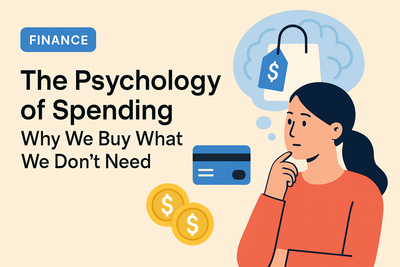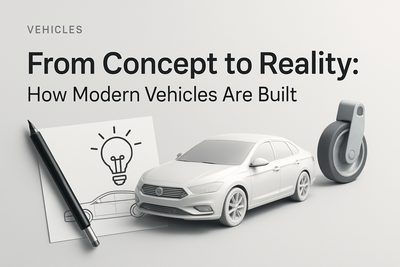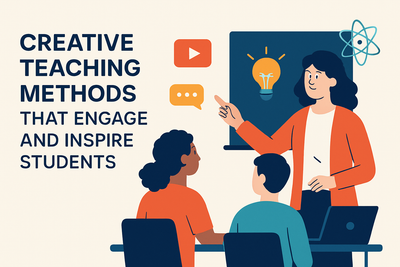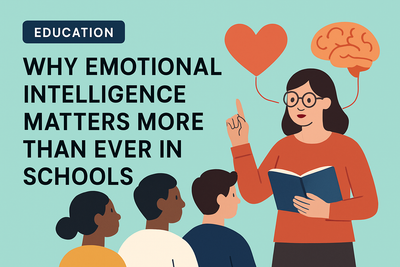The expansion of digital technology has transformed education, opening doors to new opportunities for students around the world. But despite these advancements, not everyone has equal access to digital tools, reliable internet, or the skills needed to use them effectively. This gap—often called the “digital divide”—can prevent many learners from reaching their full potential. Bridging this divide is essential for ensuring that every student, regardless of background or location, can benefit from modern learning tools and digital resources.
Understanding the Digital Divide in Today’s Classrooms
The digital divide is not just about whether students have devices—it includes the quality of those devices, internet speed, access to learning software, and digital literacy. For some students, especially those in rural areas or low-income communities, connectivity can be inconsistent or unavailable.
Improving Access to Devices and Reliable Internet
One of the most effective ways to close the divide is to expand access to affordable devices and high-speed internet. Many schools are adopting “one-to-one” programs that provide every student with a laptop or tablet. Governments and nonprofits are also working to extend broadband service to underserved areas.
##Teaching Digital Literacy as a Core Skill Even with the right devices, students must develop the skills to use technology responsibly. Digital literacy includes navigating online platforms, evaluating sources, understanding cybersecurity basics, and communicating effectively in digital environments.
Supporting Teachers With Training and Resources
Teachers are essential in bridging the digital divide. Professional development programs give educators the confidence to incorporate digital tools into their lessons. With proper training, teachers can create engaging, accessible activities that support diverse learning styles. This ensures that technology enhances learning rather than creating new barriers.
Conclusion
Bridging the digital divide is not just about providing technology—it’s about ensuring equal access to opportunity. By improving connectivity, teaching digital skills, supporting educators, and strengthening community partnerships, we can create an inclusive learning environment where every student has the tools to succeed in a digital world.






